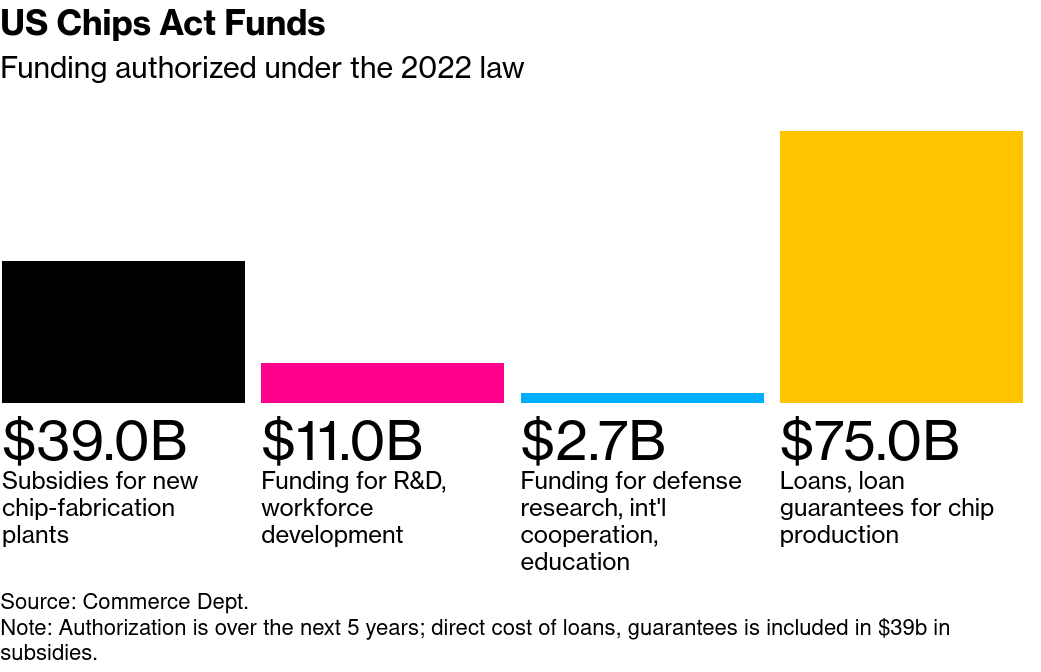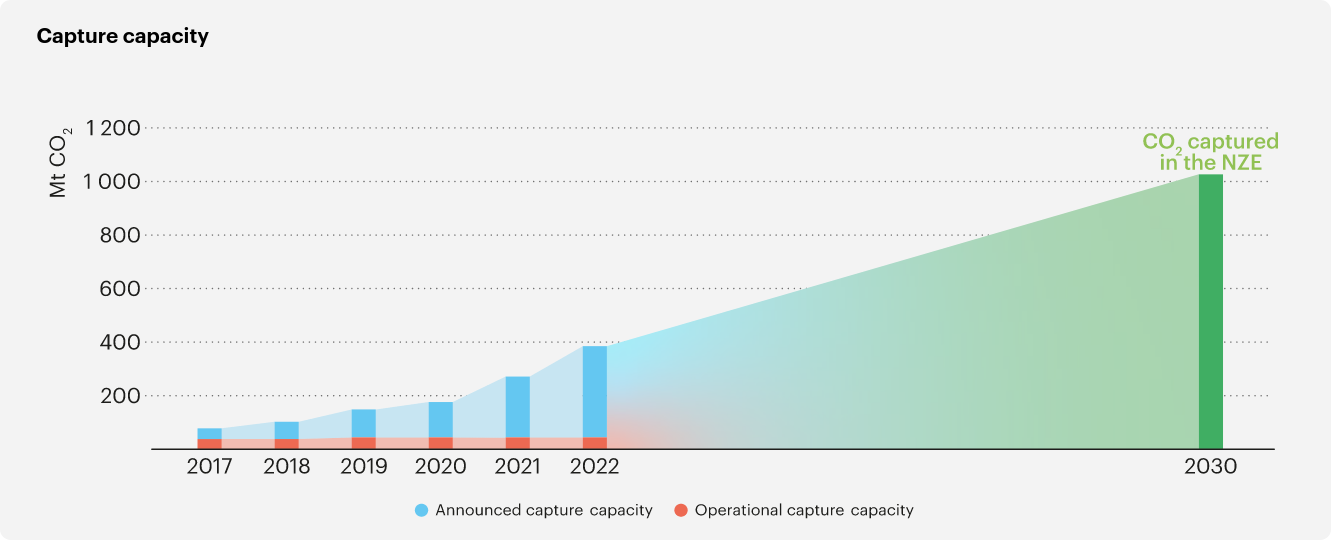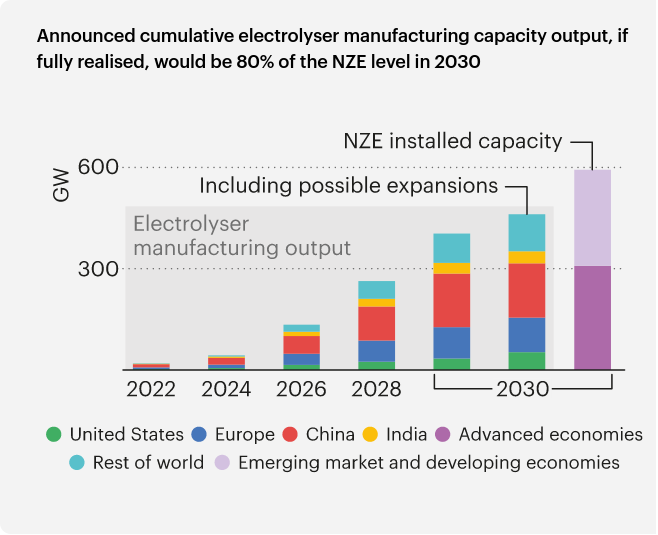September 26, 2023
Industrial strategy is back
The USA has gone full in on an industrial strategy for semiconductors. The CHIPS Act, almost the size of the IRA, is financing this programmatic shift to a (private sector) planned and (public sector) subsidized industrial strategy.
Deep inside the Commerce Department, Secretary Gina Raimondo has pulled together a team including former executives from Goldman Sachs Group Inc. and KKR & Co. to divvy up about $100 billion worth of subsidies and loan guarantees the government has set aside to turn the US back into a semiconductor powerhouse. The tiny electronic components that run everything from electric vehicles to nuclear missiles are at the center of a geopolitical struggle between Washington and Beijing. (BN)
The committee has both public sector and private sector. What is the size?
- Chips Program Office: 130 staff
- The largest US government investment in industry since World War II
- 45-person strategy side of public sector folks (national security and workforce development)
- 33 financial investment experts
And, people are into it: 500 expressions of interest and 100 applications. This is government work.
Money:

We have been talking about this for a while on CPress. Industrial strategy must involve our National Research Council in Canada and leverage the best and brightest minds in similar branches of government, Crown companies, and the myriad of quasi-publicly owned companies the state supports to drive strategic production of goods we need.
We should take notice of what the USA is doing here and say "the debate of if we need an industrial strategy is over". What we need to do is develop our own.
Energy
IEA
The International Energy Agency (IEA) was founded and is funded by the OECD. This is not the UN or some centre-left think tank. It is fully capitalist and supported by countries in favour of expanding capitalism's hegemony.
The IEA's latest report says that global fossil fuel demand must fall by at least a quarter by the end of the decade to limit temperatures to 1.5C.
The IEA outlines that there should be no new oil and gas field developments and that there should be no new investment in oil and gas.
The major part of the announcement: that companies face a major commercial risk if the targets in reduced demand are met. The market-mediated scenario outlined by the IEA is not "orderly", but results in significant disruptions to capital (and workers).
That is, oil companies will likely go bust if oil and gas demand is reduced at the rate necessary to save the climate.
What is the increase in clean energy investment that is needed:
- 2023 total: $1.8tn
- needed: $4.5tn every year from 2030
- $4.5tn is 50% more than the total investment in fossil fuel supply in 2022
Again, my favourite graphs of fantasy are available from the IEA. Here is the Carbon Capture and Storage numbers outlined in Net Zero math:
That red area is where we are currently at (basically zero, because the technology doesn't work)

Green hydrogen production. That 2024 number is announced only. The 2022 number is the actual amount being generated.

Fossil fuel demand curve. This is why the IEA is saying that oil and gas companies will be bust if we actually implement the demand reduction for Net Zero.

UN Energy
UN Energy is the committee of UN agencies looking at the Sustainable Development Goals that are in line with the Paris Agreement and IPCC reports.
- Annual global GHG emissions to be reduced at least by one third in 2025.
- phasing-out all coal in the OECD countries by 2030
- 100% increase in modern renewables capacity globally by 2025
- increase energy efficiency at least 3% at least 50 countries
- redirect all fossil fuel subsidies towards clean energy
- ending financing for new coal power plants
- doubling annual clean energy investment globally (relative to the current level).
- raising energy access annual investment to US$ 40 billion of which 50% is directed to the Least Developed Countries (LDCs)
Of this while also increasing access to electricity for more than 500M people.
Realities
Here is what has been don in 2022 and 2023:

How far off track is this?

According to the UN, only 76,501 green jobs were created in the process of reaching SDG Goal 8.
Heat Pumps
See here for a review of heat pumps I did for some energy folks.
There is a narrative out there that heat pumps save families/home owners/property managers money. They do, but it is very small and this sort of misses the point.
Heat pumps are much more efficient than just using basic electric heating and/or gas. We still need to heat homes and generate heat for industry, but to reach our climate goals, we must find more efficient ways of doing that.
Heat pumps are the answer.
The upside to this is that they are cost neutral while increasing the number of jobs.